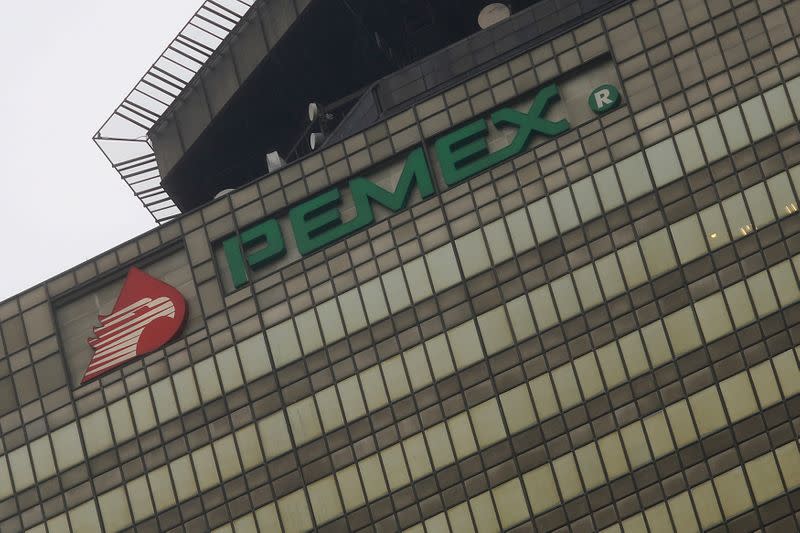
MEXICO CITY: More than 80% of state-owned Pemex's multibillion-dollar loss in the first quarter stemmed from its accounting of a beat-up peso, rather than evaporating cash, but real losses are set to mount unless it modifies pre-coronavirus output plans.
This is because average Mexican oil prices will almost certainly be much lower in the second quarter than in the first, dipping in April to just above $12 per barrel, or less than half their first-quarter average of about $26.
Last week, Pemex posted nearly $20 billion in currency exchange losses during the first three months of this year. That accounted for all but $4 billion of the national oil company's jaw-dropping $23.9 billion first-quarter loss, on paper one of the worst corporate earnings reports in history.
For Pemex, which mostly operates in U.S. dollars, such currency exchange distortions do not reflect the actual hemorrhaging of cash.
In fact, more Pemex bonds were bought than sold after the results were announced, data from MarketAxess shows, as investors mostly shrugged off the latest set of negative numbers, which followed the bonds' designation as "junk" by a second major credit ratings agency earlier last month.
Investor indifference reflected the smaller hit to operations and the government's now-explicit vow to keep the company afloat, analysts and ex-Pemex executives said.
"It's a paper loss," said John Padilla, managing director of oil consultancy IPD Latin America, referring to how the peso's decline was reflected on the quarterly report.
He nonetheless warned that "boat loads of cash" will vanish from Pemex throughout the rest of this year if prices remain low due to global oversupply, nearly full storage plus Pemex's lesser-valued heavy, high-sulfur crude.
President Andres Manuel Lopez Obrador's insistence on increasing Pemex's oil output this year in spite of the price slump almost certainly spells additional negative returns in the near term.
Pablo Medina, oil analyst with consultancy Welligence, notes that so far this year both private as well as other state-run oil companies have on average cut their investment budgets by some 30%, while Pemex has announced only a 13% cut to its 2020 investment plan.
"According to our calculations, it would have to cut (capital investment) by 75% to overcome this crisis," said Medina, pointing to Pemex's large number of unprofitable oilfields at current prices.
Medina argues that some 400,000 barrels per day (bpd) of Pemex's current crude production of some 1.7 million bpd are uneconomic given prevailing prices, which this week hovered around $20 per barrel.
Pemex's press office did not respond to multiple requests for comment for this story.
Lopez Obrador, a leftist oil nationalist, has repeatedly pledged to revive Pemex with a mix of savings from his anti-corruption push, periodic capital injections and a reduced tax bill.
The president dubbed oil a "good business" when asked on Thursday about Pemex's huge first-quarter loss, arguing that prices are inching up and that Pemex is buffeted by its relatively low production costs, which company executives have recently said average about $14 per barrel.
DOLLAR REVENUE COLLAPSE
Like most other Latin American state-run oil companies, Pemex is essentially a dollar-denominated company, including the vast majority of its spending and revenue.
Among its major expenditures, only about 30% of the company's authorized budget of 523.4 billion pesos ($21.8 billion) is paid in the local currency, mainly the cost of its payroll and pensions. A weaker peso actually helps Pemex with those expenses.
Pemex's peso-translated financial reports mean that the firm's massive debt balances in foreign currencies - mostly U.S. dollars - look much bigger on its balance sheet when the Mexican currency's value slides as it did in the first quarter.
But Pemex services its debt with the U.S. dollars it reaps from crude sales, not with pesos, meaning that the losses on paper do not affect its ability to pay.
Relative to the greenback, the peso slumped 25% from January to March, marking its biggest downward spiral since the mid-1990s.
Even without the numbers being inflated in peso terms, Pemex's financial debt remains the biggest of any oil company in the world at nearly $105 billion.





No comments:
Post a Comment